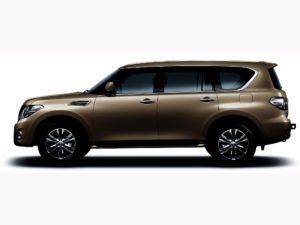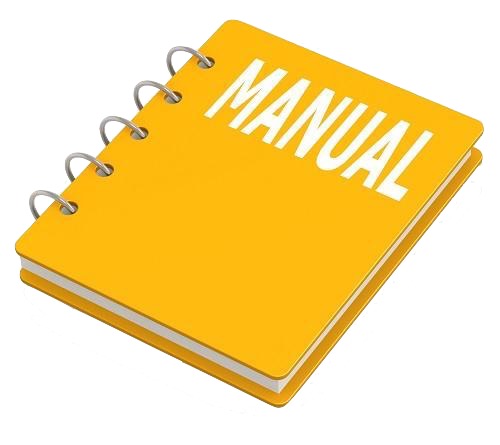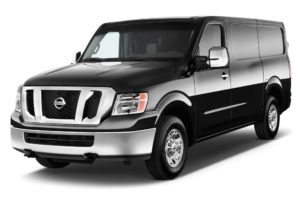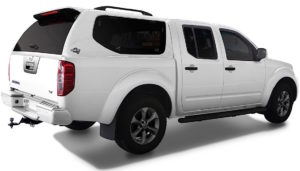INSTANT DOWNLOAD (add to cart)

Complete workshop & service manual with electrical wiring diagrams for Nissan Patrol (160-61/Y61/Y62 Series). It’s the same service manual used by dealers that guaranteed to be fully functional and intact without any missing page.
Nissan Patrol (160-61/Y61/Y62 Series) service & repair manual (including maintenance, overhaul, disassembling & assembling, adjustment, tune-up, operation, inspecting, diagnostic & troubleshooting…) is divided into different sections. Each section covers a specific component or system with detailed illustrations. A table of contents is placed at the beginning of each section. Pages are easily found by category, and each page is expandable for great detail. The printer-ready PDF documents work like a charm on all kinds of devices.
5,000+ pages, bookmarked, Searchable, Printable, high quality PDF
EXCERPT:
DISASSEMBLY
Fix shaft with a vise.
CAUTION:
Protect shaft when fixing with a vise using aluminum or copper plates.
Remove circular clip from housing.
Remove dust shield from housing.
Remove boot bands, and then remove boot from housing.
Put matching marks on housing and shaft.
CAUTION:
Use paint or similar substance for matching marks. Never scratch the surface.
Remove stopper ring with suitable tool, and pull out housing.
Put matching marks on ball cage/steel ball/inner race assembly and shaft.
CAUTION:
Use paint or similar substance for matching marks. Never scratch the surface.
…




